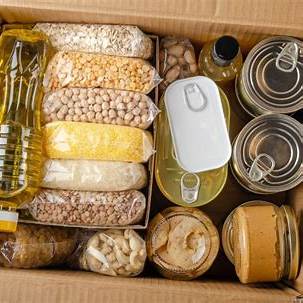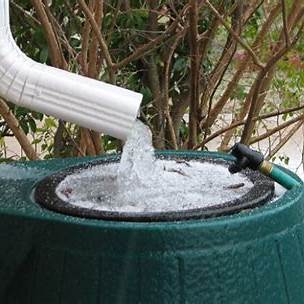Experiencing a power outage can be challenging, but with proper preparation and knowledge, you can navigate it safely and comfortably. This guide provides a comprehensive, step-by-step approach to help you survive a power outage effectively.
Before the Power Outage
- Assemble an Emergency Kit
Prepare a kit that includes:
- Flashlights with extra batteries
- Battery-powered or hand-crank radio
- Portable power banks for charging devices
- Non-perishable food items and a manual can opener
- Bottled water (at least one gallon per person per day)
- First-aid supplies
- Essential medications
- Cash in small denominations
- Warm clothing and blankets for cold weather
- Hygiene items like moist towelettes and hand sanitizer .
- Charge Devices and Power Banks
Ensure all your electronic devices and power banks are fully charged. Consider investing in solar-powered chargers for extended outages.
- Fuel Your Vehicles
Keep your vehicle’s gas tank at least half full. Gas stations rely on electricity to operate pumps, and during outages, fuel may be unavailable .
- Backup Power Solutions
If you have essential medical equipment or need to power critical devices, consider investing in a generator. Ensure it’s installed and operated safely, following manufacturer guidelines and local regulations .
During the Power Outage
- Stay Informed
Use a battery-powered or hand-crank radio to receive updates from local authorities. Avoid relying solely on smartphones, as conserving battery life is crucial.
- Conserve Food and Water
- Keep refrigerator and freezer doors closed to maintain cold temperatures. A full freezer can keep food frozen for up to 48 hours; a refrigerator will keep food cold for about 4 hours .
- Use perishable foods first, then non-perishable items.
- Avoid consuming food that has been exposed to temperatures above 40°F for more than two hours.
- Ensure Safety
- Use flashlights instead of candles to reduce fire risk.
- Unplug sensitive electronics to prevent damage from power surges when electricity is restored.
- Operate generators outdoors and away from windows to prevent carbon monoxide poisoning .
- Maintain Comfort
- In cold weather:
- Wear layers of clothing and use blankets.
- Close off unused rooms to retain heat.
- Never use ovens or grills for heating.
- In hot weather:
- Stay hydrated.
- Use battery-powered fans.
- Stay in the coolest part of your home.
- Communication
Limit phone use to essential calls and texts to conserve battery. Use text messages or social media to communicate, as they use less power than voice calls.
After the Power Outage
- Check Appliances
Once power is restored, wait a few minutes before turning on appliances to prevent overloading the electrical system.
- Inspect Food
Discard any perishable food that has been above 40°F for more than two hours. When in doubt, throw it out to avoid foodborne illnesses.
- Restock Supplies
Replenish your emergency kit with any items used during the outage to ensure preparedness for future events.
Additional Tips
- Stay Connected: Sign up for local emergency alerts to receive real-time information during outages.
- Community Support: Check on neighbors, especially the elderly or those with medical conditions.
- Practice Drills: Conduct regular family drills to ensure everyone knows what to do during a power outage.
By following these steps, you can effectively manage and survive a power outage, ensuring the safety and comfort of you and your loved ones.






